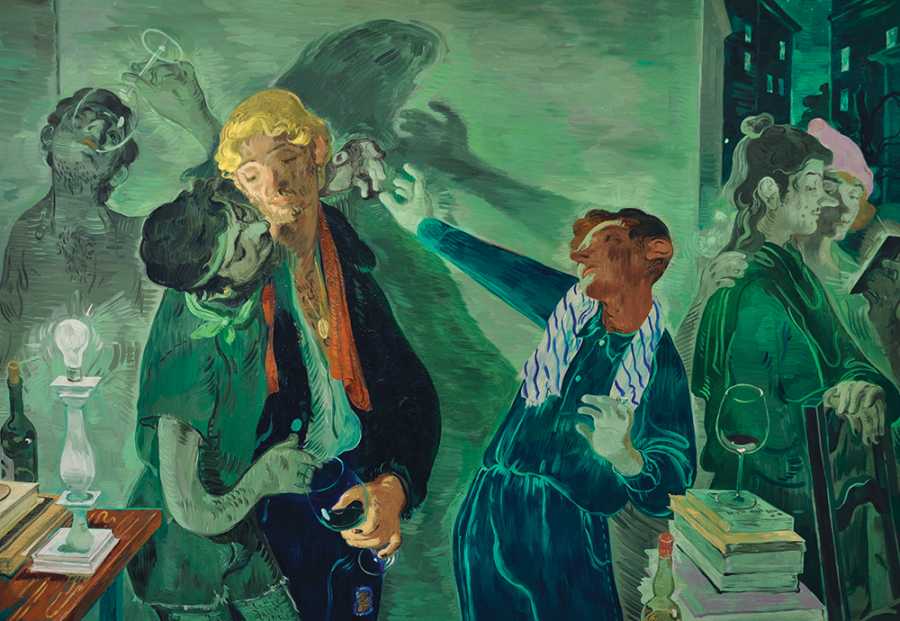
The Green Room, by Salman Toor © The artist. Courtesy Luhring Augustine, New York City
Discussed in this essay:
To Paradise, by Hanya Yanagihara. Doubleday. 720 pages. $32.50.
For many months it’s been predicted, its arrival declared inevitable. The experts have been consulted, and the think pieces have urged us to prepare ourselves. You can sneer or avoid it or pretend it doesn’t exist, but it won’t go away. No amount of cynicism will deter its spread. In March 2020, the New York Times told us it was only a matter of time, and now the wait is over: the first wave of pandemic fiction is upon us.
“WE CANNOT LET THE…






















































































